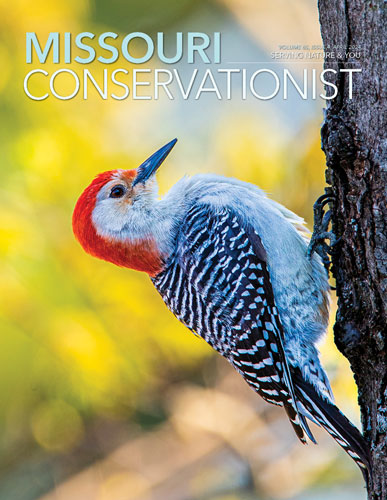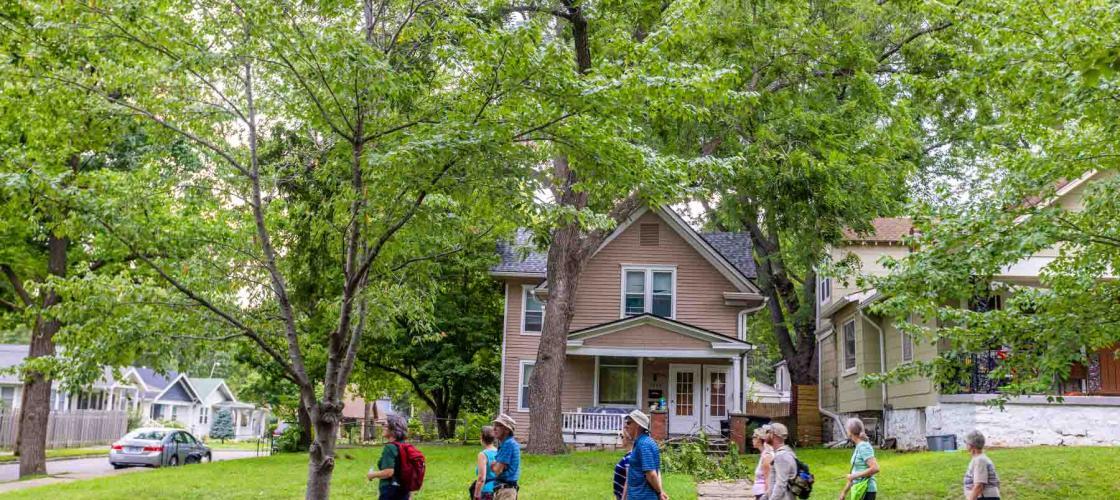
When most people think of hiking, they envision winding paths leading through forests, past rocky outcroppings, or along secluded streams.
They don’t picture the type of setting where Stacey Davis was leading a hike on a spring day.
The group was in the heart of Kansas City, near the River Market, exploring spots where nature intersects with busy city life.
The intent wasn’t to “get away from it all.” Rather, it was to discover the gems often overlooked on the heavily developed urban landscape.
“I want people to realize there is nature right here in the middle of the city,” said Davis, who is the manager of The Anita B. Gorman Conservation Discovery Center.
“It doesn’t have to be a wild space. Even in the urban area, nature is all around us.”
That was the root of an urban hiking program Davis developed three years ago. Fueled by her own urban wanderlust, she decided to share her passion through a series of summer hikes in urban neighborhoods.
She started by scouting different historic areas, jotting down notes when she came across interesting features, and making sure the hikes weren’t too strenuous. Then she plotted a round-trip course that would cover about 2 miles.
She set most of the hikes for weekday evenings, giving participants time to get home after work. And she varied the parts of the metro area where the hikes would be held.
The result? A program that has proved very popular.
“We usually limit the number of participants to about 12,” Davis said. “We almost always fill up and have a waiting list.
“In the past, we’ve had hikes in wild areas here in the metro area that don’t get as much participation. I think people are just interested in the history, the nature, and the architecture of some of these older neighborhoods.”
Hiking the Urban Trail
What: Guided urban hikes in the Kansas City area offered by MDC.
Details: Four weeknight hikes during the summer, usually in historic neighborhoods in the Kansas City metro. Hikes are 2 to 2½ miles. A longer through-hike — usually about 8 miles — wraps up the schedule, usually in late September.
More details: Hikes are free but are usually limited to the first 12 who sign up. Registration for each hike can be found at short.mdc.mo.gov/Zfx.
Information: Email Stacey Davis at Stacey.Davis@mdc.mo.gov.
Nest Boxes and Native Plants
As Davis led the group out of the River Market to an overlook of the 30-story Commerce Tower skyscraper in downtown Kansas City, she pointed out a shining example of how nature and busy city life can co-exist.
“We (MDC) have a successful peregrine falcon nesting box on top of the Commerce Building,” she said. “It’s the oldest site in Missouri for our peregrine falcon restoration program.”
Peregrine falcons once nested on cliffs along the Missouri and Mississippi rivers, but their population dropped to the point where they became an endangered species in Missouri.
MDC set up nesting boxes on big-city buildings to simulate the birds’ natural habitat, then introduced falcons to their new habitat.
The program began at the Commerce Tower in 1991, and it has proven to be a success. Dozens of young falcons have fledged from boxes in Kansas City and their progress has been documented by webcams.
Other stops revealed glimpses of nature in the big city. The group paused at a native-plant garden at the end of Main Street and in Columbus Park, where its rich history as Kansas City’s Little Italy was related.
Davis served almost as a tour guide, but one who kept a sharp eye out for nature’s interaction with the urban world.
“We’ll talk about the different types of trees and plants we see, the birds, the invasive species,” she said. “Because we’re in town, everyone has cell service. We’ll take pictures of different plants we run across, then go to an app to tell us what it is.
“We’ll see lots of pollinators and talk about their role. Even in cemeteries, we’ll find nature.”
Hiking Into History
Want to see “old” Kansas City? Join Davis on one of her urban hikes.
She loves to explore historic neighborhoods with lots of character. And apparently, others share her interest.
“If you just focus on what you see on your ride to work, you can get in a rut,” said Jan Tromans, a retiree who lives in the Countryside part of Kansas City. “But if you get off the beaten track and take time to really look at what is in some of these neighborhoods, it’s fascinating.
“I hike in more rural settings, and I love being out in nature. But there’s nature in the city, too.
“It’s completely different, but these hikes give me a look at the city that I hadn’t seen before.”
On a muggy evening last summer, Tromans participated in a hike in the neighborhoods surrounding Rockhurst University. She marveled at a house made of shipping containers and another dwelling with a yard labeled by its owner as an urban wildlife refuge due to its expanse of vegetation and brush.
Part of the area the group hiked into is the home of the oldest neighborhood association in the Kansas City metro area. The 49/63 Neighborhood Coalition Association (named after the streets covered) was founded in 1971 with the goal of fighting urban blight.
Another urban hike on the schedule explored an additional look at old Kansas City. Davis led the group through the Pendleton Heights neighborhood in northeast Kansas City, the first suburb of the urban center.
It was developed as a neighborhood in the late 19th Century in a site that had been a 200-acre farm. Today, visitors can still view streets lined with historic Victorian-style homes and even a castle.
There is nature intertwined with that history. Hikers explored community gardens and an orchard, which was planned by the Pendleton Heights Neighborhood Association and Kansas City Parks and Recreation.
That orchard, which was established in 2013 on a vacant lot, now includes fruit trees, such as apple and peach, that have grown in the area since 1860.
“We try to include a smattering of the different types of neighborhoods in Kansas City,” Davis said. “A lot of these places have a fascinating history.”
Other Urban Hikes
There are four weeknight urban hikes on the schedule, and participants must register for each individual event.
Last summer’s schedule also included a hike through Parkville, a quaint river town north of Kansas City.
The schedule culminated with a longer through-hike from the Crossroads part of Kansas City to North Kansas City and back.
That 8½-mile hike takes up most of the day, but Davis schedules breaks for lunch.
For participants such as Nansee Baker, the urban hikes provide an opportunity to explore areas close to home.
“I don’t have time to take a few days off and go hiking some place,” said Baker, who works on the non-medical side of the home health business. “But I can get out after work, so these hikes are perfect for me.
“I love seeing what’s in some of these neighborhoods — maybe a house with unusual architecture or a little bakery. It’s fun to learn about the old trees in some of these areas and how invasive species have changed some neighborhoods.”
The urban setting of the hikes also appeals to Mike and Lara Hampton, who live in the Hyde Park part of Kansas City,
“We hike and bike in rural areas all the time,” Lara said. “We’re only 20 blocks from where we live, but we had never been to this neighborhood before, so we thought it would be fun to take a guided hike.”
Spoken like a true urban explorer.
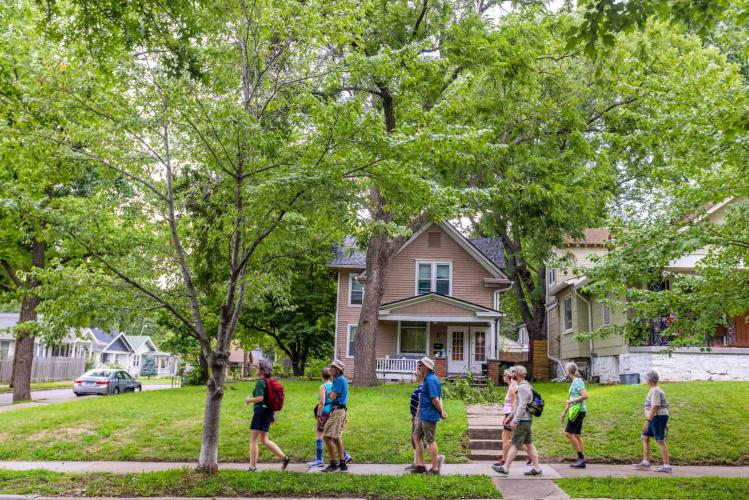
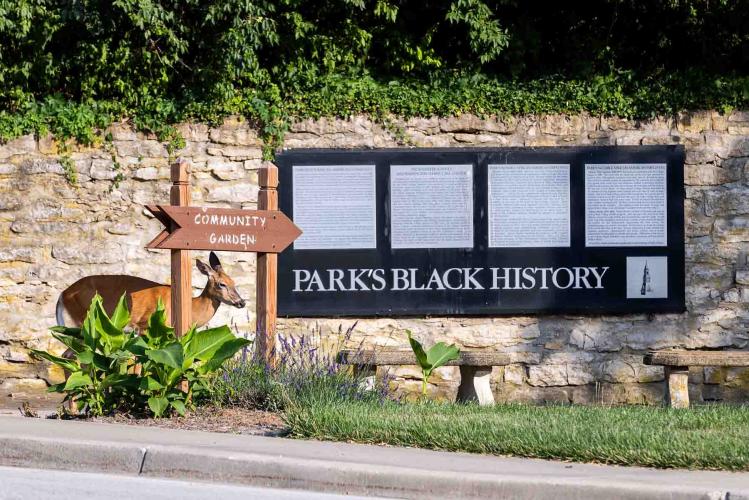
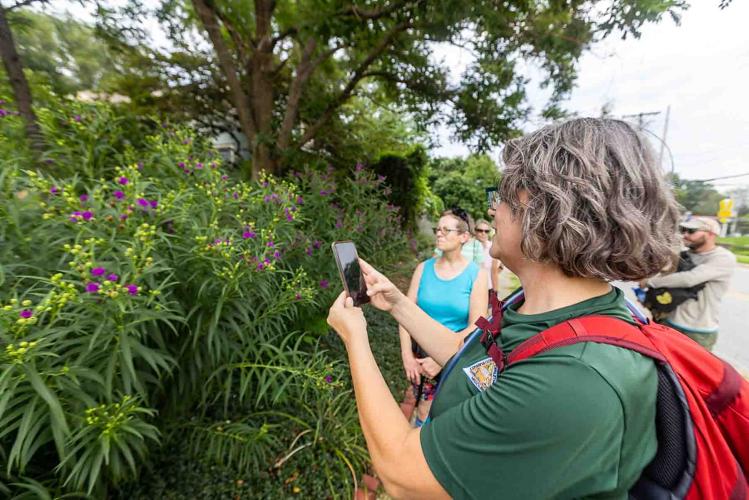
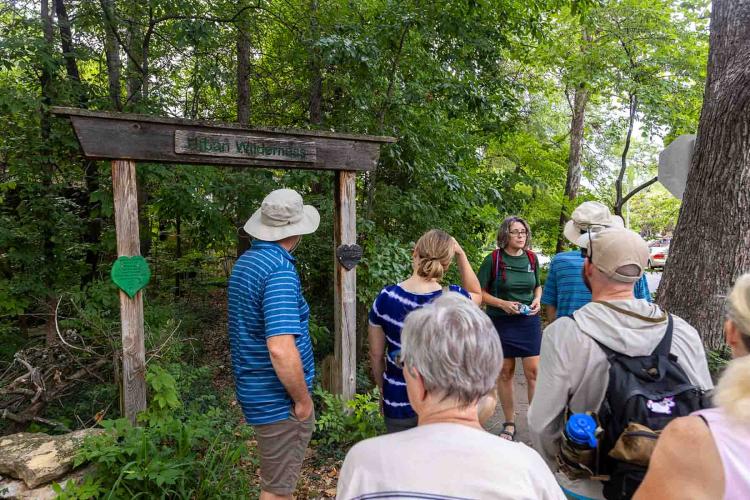
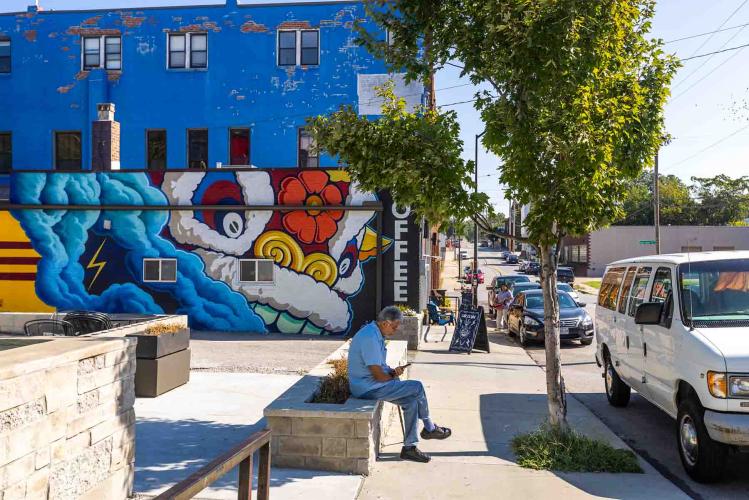
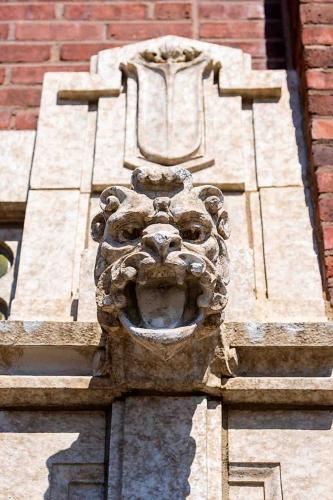
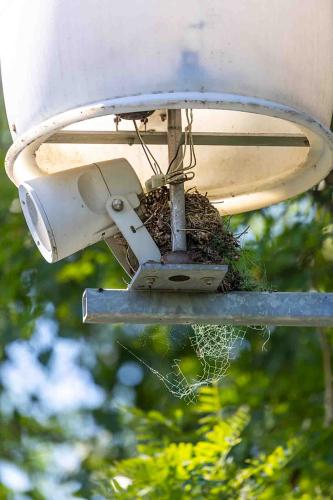
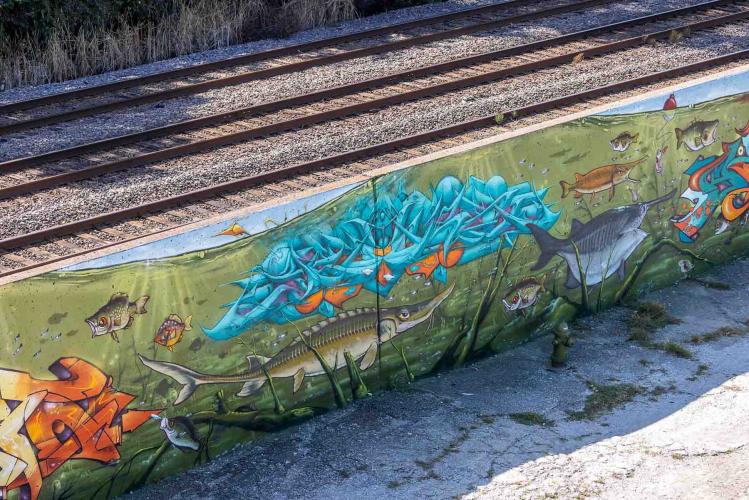
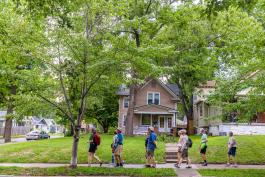
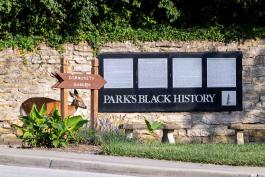
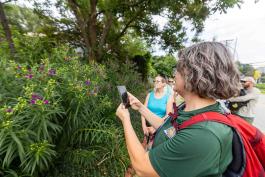
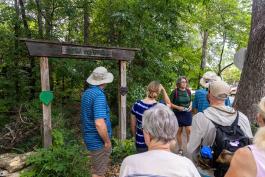
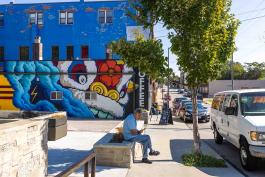
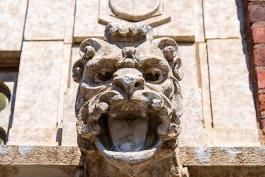
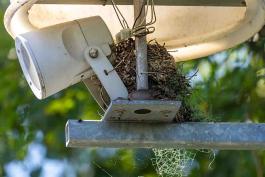
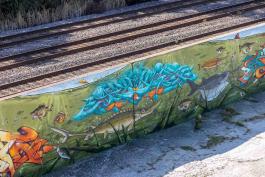
Also In This Issue
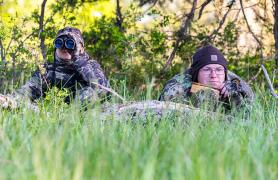
A passion for conservation leads one woman on her first turkey hunt
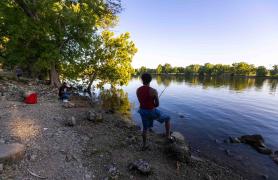
With preparation and planning, fishing without a boat can be fun
And More...
This Issue's Staff
Editor - Angie Daly Morfeld
Associate Editor - Larry Archer
Photography Editor - Cliff White
Staff Writer - Kristie Hilgedick
Staff Writer - Joe Jerek
Staff Writer – Dianne Van Dien
Designer - Shawn Carey
Designer - Marci Porter
Photographer - Noppadol Paothong
Photographer - David Stonner
Circulation – Marcia Hale






















